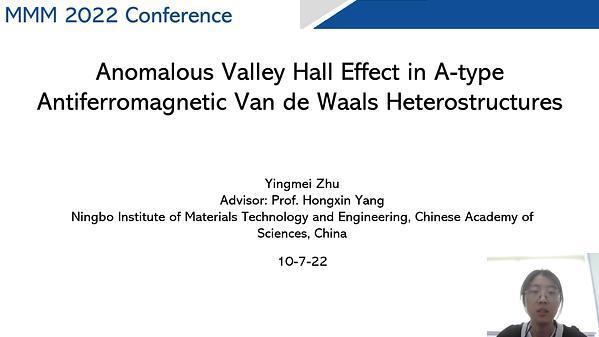Would you like to see your presentation here, made available to a global audience of researchers?
Add your own presentation or have us affordably record your next conference.
Ultra-rapid annealing (URA) is an effective method to induce nano-crystallization in Fe-B based melt-spun amorphous precursors. The grain size after nano-crystallization depends on the heating rate employed for URA and thus, samples with a range of mean grain sizes can be prepared without altering the chemical composition. Such nanocrystalline samples are ideal for investigating the effect of mean grain size (D) on the core loss. In this study, we prepared a series of nanocrystalline Fe86B13Cu1 samples with grain sizes of 14.5, 21.7, 31.9 and 40.6 nm by varying heating rate between 10 and 104 K s-1. The core loss was measured on an Epstein frame in a frequency range between 10 Hz and 30 kHz. The measured core loss was separated into 3 parts, i.e. the hysteresis loss (Ph), classical eddy current loss (Pc) and the residual part, often referred to as the anomalous loss (Pa). Figure 1(a) shows an example of the relationship between Pa and the product of frequency (f) and the maximum polarization (Jm). The anomalous loss at Jm between 0.6 and 1.0 T is described universally by a simple power dependence with an exponent of about 1.4 over a wide frequency range between 10 Hz to 30 kHz. The grain size dependence of the coercivity (Hc) and the loss per cycle is shown in Fig. 1(b). Hc follows roughly a D3 dependence, suggesting that the samples contain large induced anisotropies. The hysteresis loss per cycle (Ph/f) reflects this steep D dependence while the anomalous loss at low frequencies appears almost independent of the grain size. Thus, the grain size effect on the total loss at low frequencies is attributable to the change in the hysteresis loss which reflects the static coercivity. However, the anomalous loss at 30 kHz shows a clear increase with an increase in D, indicating that the anomalous loss also becomes influential to the grain size dependence of the total core loss at high frequencies.

Fig. 1. (a) Anomalous loss versus Jm*f for a mean grain size (D) = 14.5 nm, and (b) changes in the coercivity and core loss per cycle as a function of D for nanocrystalline Fe86B13Cu1.
